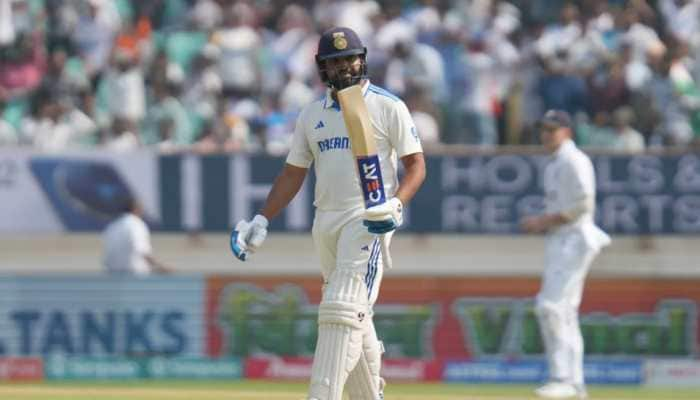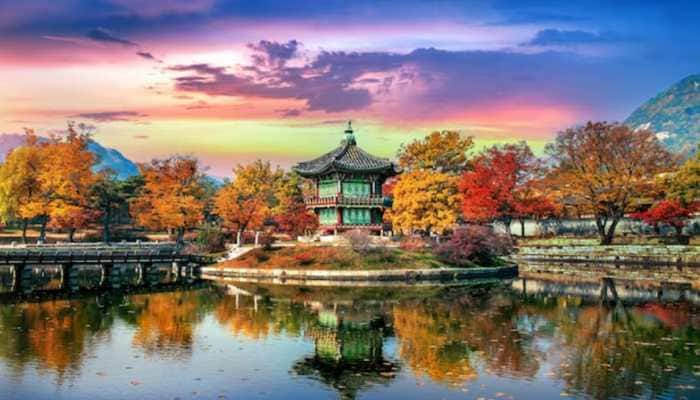DNA Exclusive: Will Great Wall of QUAD pose challenge to China in Indo-Pacific?
Zee News editor Sudhir Chaudhary analysed the formation of Quad grouping and how they came together to stop China's plan to cease control of South China Sea.
- India, Australia, Japan and the US - Quad nations prepare to meet for the first in-person summit.
- The main agenda is to boost cooperation in the Indo-Pacific region amid China's growing dominance in the area.
- Zee News editor Sudhir Chaudhary analyses how the Quad came to be formed and what role each country plays.
Trending Photos
New Delhi: As Prime Minister Narendra Modi is all set to attend the first in-person Quad Summit the main agenda of which is to boost cooperation in the Indo-Pacific region amid China's growing dominance in the area. The summit is being hosted by US with President Joe Biden, Australian Prime Minister Scott Morrison and Japanese Prime Minister Yoshihide Suga in attendance. The countries will discuss issues like challenges in the Indo Pacific, climate change and COVID-19 pandemic.
On Friday's episode, Zee News editor Sudhir Chaudhary analysed how the Quad came to be formed and what role India, Australia, Japan and the US will play.
The main purpose of the Quad grouping was to man China's activity in the South China Sea as it has disputes with nine other countries over encroachment. Nearly 33 per cent of world's maritime trade is done through the Indo-Pacific, so it imperative that China does not snatch control over the region.
The Quad was initiated during the 2004 tsunami. Then the four countries India, Australia, Japan and America had come together to deal with the threats associated with natural disaters like a tsunami. But the quad had became almost inactive after that.
Then in August 2007, Prime Minister of Japan Shinzo Abe came to India and while addressing the Parliament of India, he said that no country should be allowed to be arbitrary in the Indian and Pacific Ocean region, he was making references to China. Abe insisted that the world's biggest democratic forces should come together against China.
Things changed in 2008, after Japan got a new PM and also Barack Obama took ver presidency in the US. These two heads of state were not in favour of engaging with China. Australia dealt a blow and pulled out of the grouping. Gradually time passed on and China turned hostile towards India. Between 2013 and 2020, China took an aggressive stand against India four times.
As the four countries were starting to weaken due to their own internal politics and rapidly changing diplomacy, Japan saw a change in leadership again. Shinzo Abe took over as prime minister and began a fresh siege against China, by 2017 he accelerated his efforts.
By this time Australia had understood China's intentions and it became an active member again. In 2019, there was a meeting of the foreign ministers of the countries involved in this organization and from here Quad 2.O came into existence.
On September 24, the first personal meeting of the leaders of the Quad countries take place, but confusion still reigns supreme because no one knows if the countries involved want to help each other militarily or its purpose is to deal with diseases like coronavirus together or face threats like tsunami.
Among all the four countries, India is the only country who shares a border with China. In such a situation, the first effect of China's aggressive attitude will be on India itself.
Stay informed on all the latest news, real-time breaking news updates, and follow all the important headlines in india news and world News on Zee News.
Live Tv







)
)
)
)
)
)
)
)
)
)
